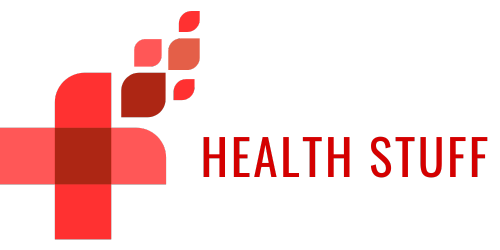The major differences between the personalized attention of Patricia by Eniax and a Call Center
Virtual health assistant vs call centers
For several years patients have complained about various difficulties that they encounter when going through a call center in health. However, call centers still remain widely used by health clinics. New technologies and developments have introduced innovative solutions to many healthcare problems. AI and digitalization have allowed for new ways of interacting and communicating with patients through virtual health assistants such as Patricia. In this article, we are going to examine the major differences between the attention given to patients by call centers and personalized attention given by AI such as Patricia.
Automation of AI - How call centers are falling behind
While AI has existed in the world of healthcare for quite some time now, recently, new technologies such as natural language processing or NLP for short and machine-learning capabilities that are becoming more and more powerful have allowed for the creation of new kinds of virtual assistants. These new virtual assistants, such as Patricia, utilize both NLP and machine learning and have the ability to understand and respond to patients in an adequate, quick, accurate, and completely natural manner.
Call centers as we know rely heavily on human agents. These call center agents have a role of not only communicating with patients but also sometimes performing various other tasks. They are there to provide support and information based on their knowledge and training. Sadly, not each call center is run by well-trained agents. This leads to many problems that patients run into on a daily basis. The automation that AI can create greatly reduces any kind of response time and instantly allows patients to receive the information they need without having to go through a complicated phone menu and sometimes endure long waiting times or being switched from one agent to another.
Availability in AI and in regular call centers
A huge difference between a regular call center and AI as a virtual health assistant that can communicate with patients is the fact that AI has the ability to function 24/7. This means that any patient can at any time interact with AI and get certain information whether it is connected to their healthcare journey, scheduling, appointment confirmation, etc. Call centers are in this regard limited as they cannot operate every day 24/7. Of course, in addition to this, AI assistants can effectively communicate with a large number of patients at the same time. Call centers cannot do this and when an increase in patients occurs, the waiting times become increasingly longer. The number of calls that the call center can handle is often very limited. This is not the case with AI.
Personalized interaction through AI - Why personalized attention matters
One of the main differences between a virtual health assistant AI and a call center is the kind of attention they are able to provide to patients. Each health center wishes to establish trustworthy communication with patients. This requires highly personalized attention. Patients tend to favor effective communication but also continuity in care. With NLP and machine-learning capabilities, AI virtual health assistants such as Patricia by Eniax have the potential for highly personalized care by integrating patient data and tailoring responses based on individual characteristics. AI can gather data at all times and in incredible quantities. This enables AI to learn from each communication and interaction with patients and this gives AI the ability to approach each patient differently.
A fundamental aspect of healthcare is personalized care. However, call centers do not have the resources nor enough agents to create highly personalized attention that is given to each patient at all times. For communication with patients, natural and personalized approach is always a plus. AI such as Patricia utilized NLP technology to communicate with each patient differently depending on the needs of that patient, response time, healthcare journey, and so on. With different AI algorithms and technologies, healthcare providers have the ability to tailor treatments and interventions that will meet the needs of each individual patient. Data-driven insights are some of the ways in which AI identifies patterns, correlations, and predictive indicators to assist healthcare professionals in making personalized treatment decisions.
When it comes to the prevention of certain diseases, personalized care is also crucial. AI algorithms can predict an individual's risk of developing certain conditions. Additionally, AI can detect specific health events based on various data inputs and notify patients accurately and on time. Thus AI can identify individuals at high risk and enable proactive preventive measures. AI achieves this not only through conversation but by analyzing patient data and making suggestions such as preventive campaigns, lifestyle modifications, targeted screenings, or early interventions to mitigate risks and improve health outcomes.
In summary
To conclude, by using new AI technologies powered by NLP engines and machine learning such as Patricia, health centers around the world can achieve greater personalized care. The integration of AI enables data-driven insights and the implementation of virtual health assistants that communicate with patients quickly, effectively, and accurately. The further digitalization of healthcare creates a giant potential for revolution in global health and allows for a true implementation of innovative solutions and digital services through AI that can provide patients with personalized care. The results are a clear removal of several problems that call centers have had for years and more satisfied patients who can experience a stress-free healthcare journey.
 English
English Español
Español
